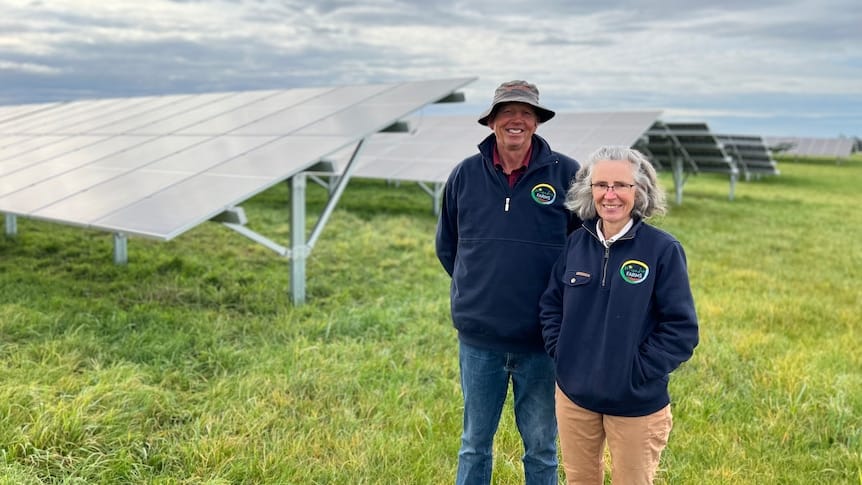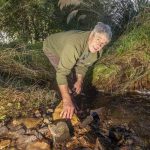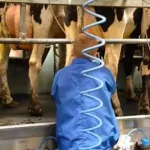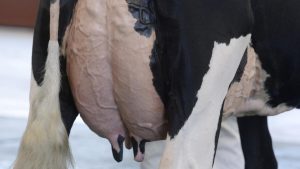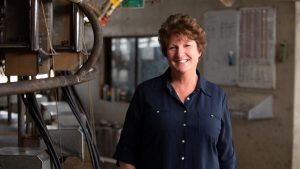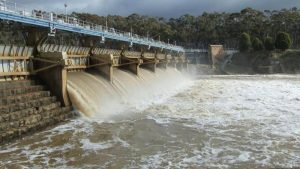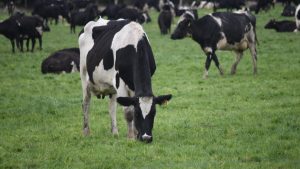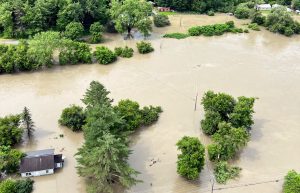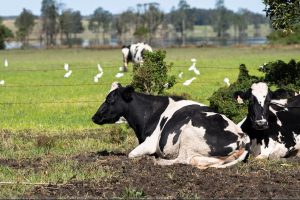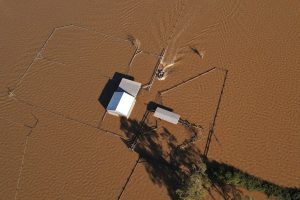
Key points:
Dairy and horticulture farmers have been hit hard by energy price hikes
Dairy farmers spend, on average, about $26,000 on shed electricity per year
Farmers across Victoria are switching to renewable energy
That’s the case for many farm businesses, particularly in dairy and horticulture.
It comes after the Australian Energy Regulator revealed draft electricity price increases of 30 per cent for Victorians.
And it was not just farmers feeling the pinch, with food inflation hitting 9.4 per cent earlier this year.
Million-dollar renewable upgrade
With energy-hungry milking sheds and irrigation to run, dairy farmers are big electricity users.
But a major investment in renewable energy has helped a Gippsland organic dairy farm slash tens of thousands from their energy bills.
Clydebank farmer Sandra Jefford, who milks 340 cows, said having off the grid power had given their business a buffer against price volatility in the energy market.
She said her irrigation energy costs were about $80,000 in 2021 before the renewable energy investment.
She said that dropped to $12,000 in 2022 with the renewables on farm.
“In 2017 we put 29 kilowatts of solar panels on the dairy and then in the last couple of years we’ve 50 kilowatts of solar panels on a bore,” she said.
She said she also had panels to power two other dam pumps and a bore pump.
But it wasn’t cheap.
“We upgraded our pivots, pumps and pipeline — we put in solar panels and an energy management system and we’ve got four small wind turbines,” Ms Jefford said.
“All up the project cost over $1 million.
“But when we first started to look at it the payback time was six years, because we did get a rebate from the Victorian government.”
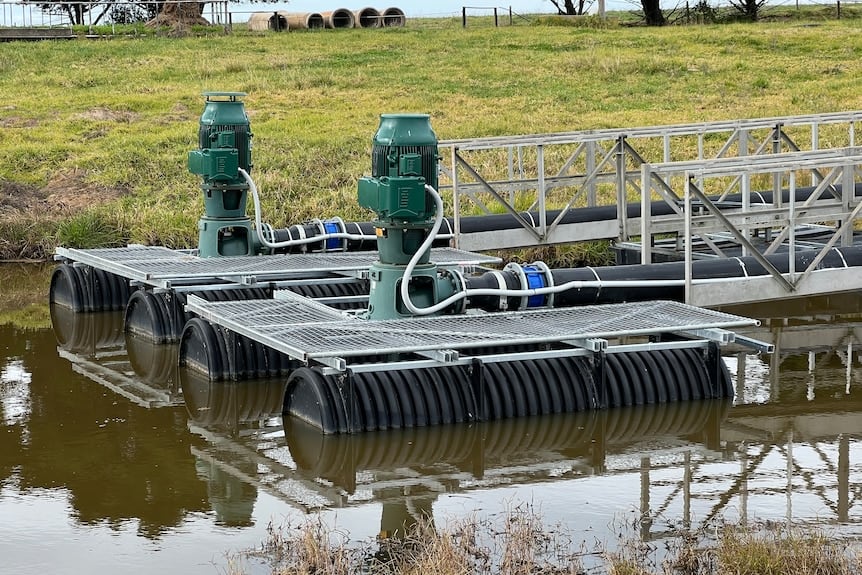
Ms Jefford said the dramatic drop in their electricity bill in the year after installing the renewables was helped by a good season which reduced the need to irrigate, as well as capitalising on energy efficiency work.
“But this year has been an incredibly dry start and we’ve added more irrigation, so our power use this year is well up on last year, but we’re certainly well down on costs,” she said.
“Last year our costs were 95 per cent of 2021, and this year our costs are 63 per cent less even though we are using way more power.”
Hit from all sides
Costs associated with running irrigation and coolrooms are also hitting the horticulture sector.
The Nutrano Produce Group is a large fresh fruit company with farms in Queensland, Victoria, New South Wales and the Northern Territory.
Company executive general manager of farming operations, Tania Chapman, said electricity accounted for 10 per cent of the costs of operating a packing shed and it was about five per cent for the company’s farms.
She said fertiliser, chemicals and freight costs were also increasing.
“We are being hit from every angle and I actually don’t see a way forward for fresh produce, unless we start to look at other ways we can reduce some of those inputs,” she said.
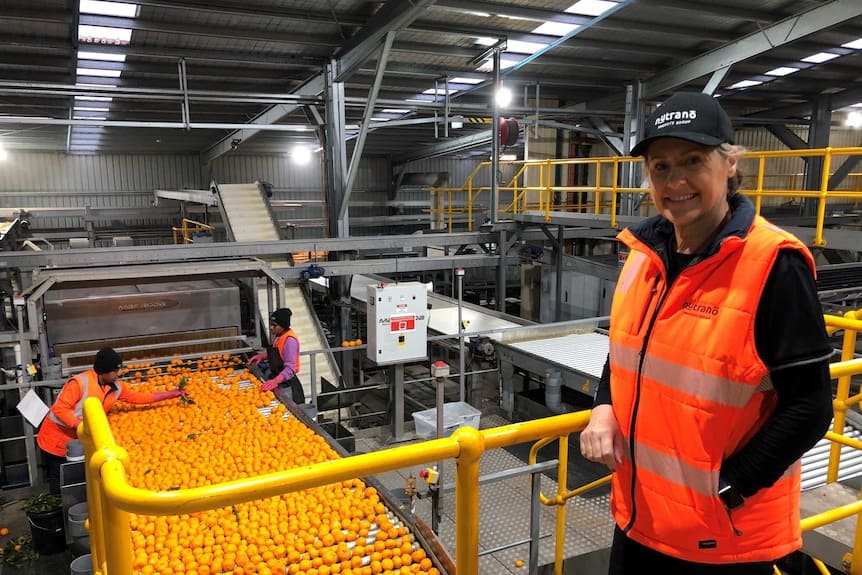
Ms Chapman said installing more solar could help Nutrano remain competitive and also improve its sustainability credentials.
“If I look at one of our sites the annual bill is around $110,000 currently for the electricity,” Ms Chapman said.
“Putting in solar would cost me $120,000 and it would reduce the electricity bills by around 25 to 30 per cent, so it’s just over a four year payback.”
But some of the company’s sites are more viable for solar than others.
Nutrano’s largest pumping system is on the Murray River in Sunraysia and supplies water to its own properties and 11 other growers.
Ms Chapman said it wasn’t feasible to get permission to install solar there.
“Packing sheds are the easy starting point for us because they have roofs, we’re also looking at floating solar panels on some of our farm dams,” she said.
“That will give us the electricity to run the pumps but it will also work to mitigate evaporation losses.”
Gas bills crimp growth
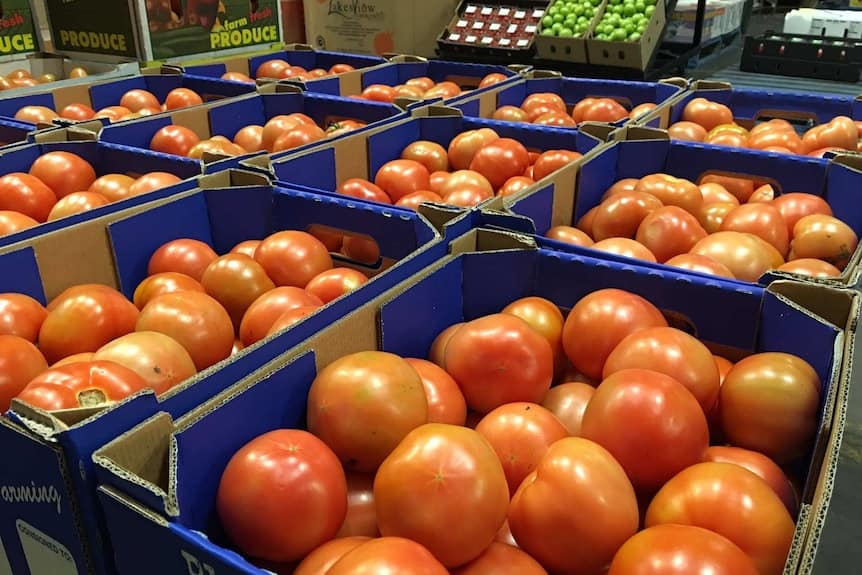
Horticulture businesses are also under pressure due to mounting gas bills.
The federal government introduced a gas price cap in December of $12 per gigajoule for gas producers selling to wholesalers.
Carisbrook tomato farmer Ian Mortlock said he was “really happy” when the price cap was announced.
But he said wholesalers had stopped offering contracts longer than one month since the legislation had been enacted.
“According to my broker, everyone is in the same boat, getting month-by-month gas prices,” he said.
Mr Mortlock said that made forecasting his yield difficult.
“Last year, we grew 25 per cent less because the gas price was too high and this year, we’re just not sure what’s going to happen.”
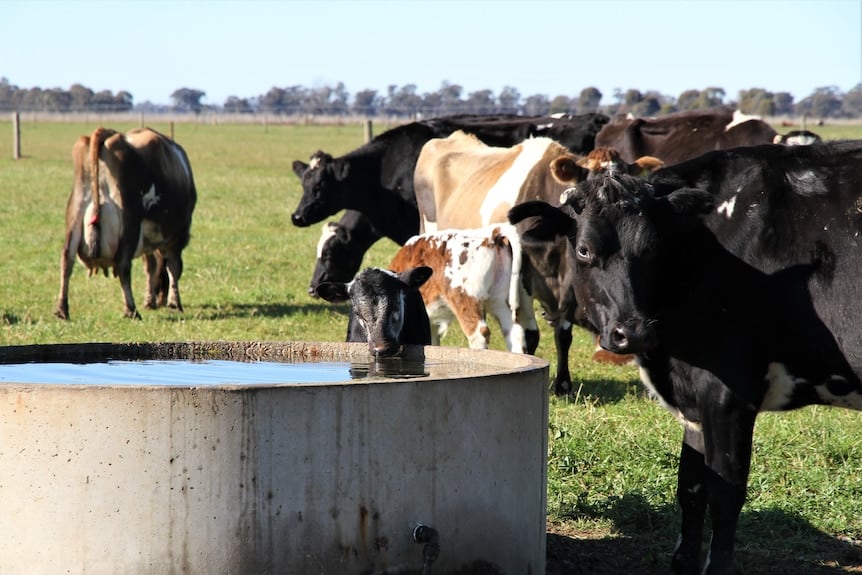
Pressure on farmers
Data gathered during the 2021/22 Victorian Dairy Farm Monitor project found the average annual dairy farm spend on shed electricity was about $26,000.
That didn’t account for powering other expenses such as irrigation.
United Dairy Farmers of Victoria president Mark Billing said electricity was another cost pressure for dairy farmers, in addition to other input costs such as fertiliser.
“A 30 per cent increase in anything is significant and dairy farmers are completely reliant on power to harvest the milk and more particularly cooling the milk,” he said.
But he said a lot of farmers were trying to transition away from traditional power supplies, and become more efficient by using milk chillers on farm at off peak times.
Mr Billing said the industry had invested heavily in renewable energy on farm, but the infrastructure was expensive and could take many years to get a return on investment.
“Government in this space has tried to keep prices down, that clearly is not being effective,” he said.
“If we need to transition off traditional power networks we probably need to have that discussion with government about how they can support dairy farmers to implement that.”
He said solar panels and battery technology were becoming a “little bit” more affordable.
“I’m hopeful that we can adapt to this,” he said.
